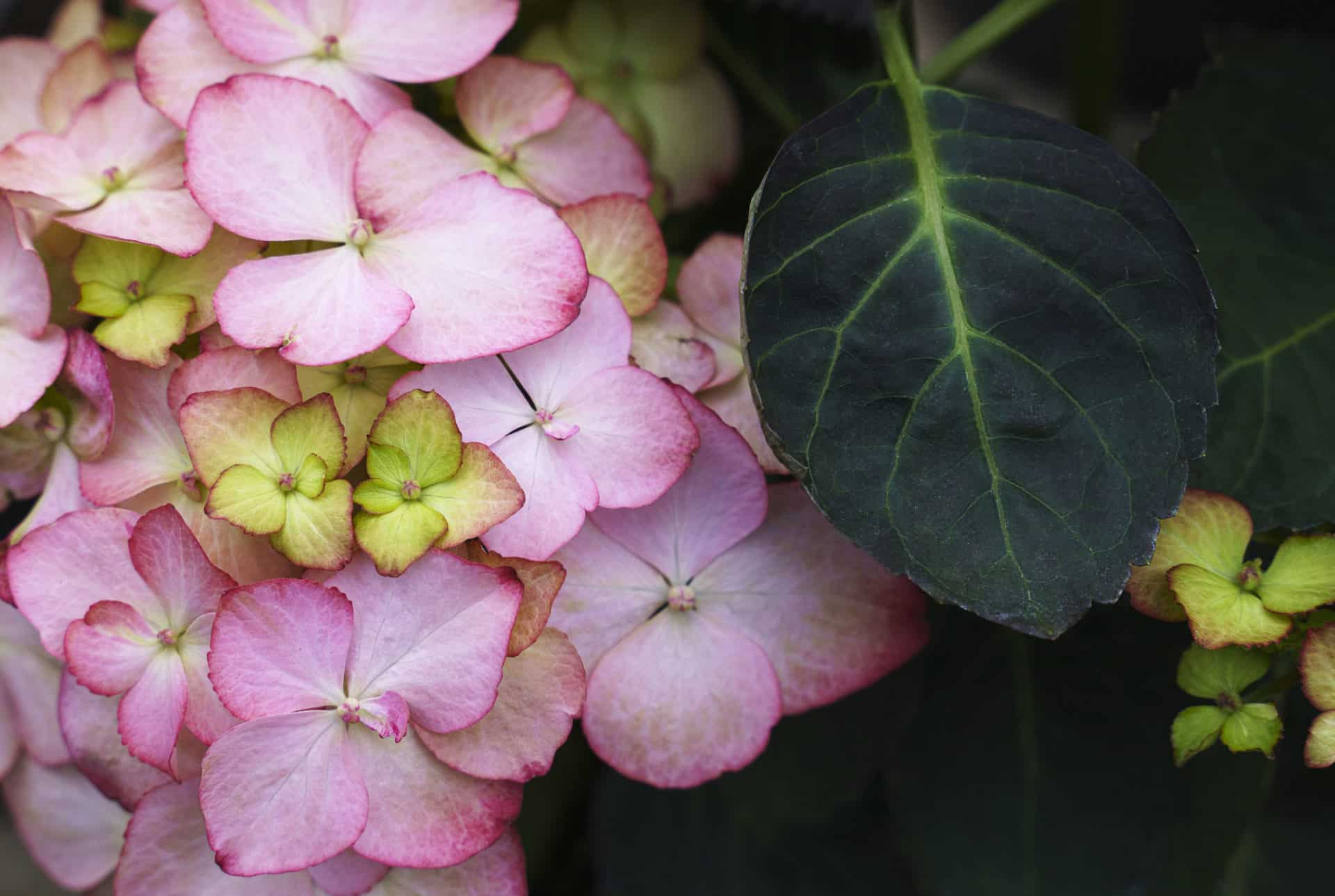About Holden Forests & Gardens
Our History

In 2014, the Holden Arboretum integrated with Cleveland Botanical Garden, to create Holden Forests & Gardens, which is the 12th largest public garden in the country. The newly joined organization is working together to build a greener, healthier Northeast Ohio.
The history of our organization begins when Cleveland Botanical Garden (formerly the Garden Center of Greater Cleveland) was founded in 1930 by Garden Club of Cleveland members Mrs. Thomas Howell, Mrs. William Mather, Mrs. Charles Otis, Mrs. John Sherwin, Mrs. Walter C. White, and Mrs. Windsor T. White as the nation’s first civic garden center. It began with Mrs. Andrew Squire’s donation of horticultural books to The Garden Club of Cleveland. The library was made available for public use on December 4, 1930, marking the birth of the Garden Center (known as Cleveland Botanical Garden since January 1994). The purpose in 1930, according to Mrs. Mather, was “to offer a place where all people may come for information on landscape problems confronting small home owners, and be given assistance in the solution of their particular planting problems; where people may study books and data on gardens, flowers, plant life, and landscape work, where monthly exhibits illustrate and instruct in the art of gardening.”
Holden Arboretum was created by Albert Fairchild Holden as a memorial for his daughter, Elizabeth, who died in 1908 at the age of 12. The president of the Island Creek Coal Co. and managing director of the American Zinc, Lead, and Smelting Co., was familiar with the Arnold Arboretum at Harvard University and originally intended to leave his estate to that institution. However, his sister, Roberta Holden Bole convinced him that the people of Northeastern Ohio deserved an arboretum. When Holden died in 1913 at the age of 46, funds from his estate were placed in a trust for the development of an arboretum after a life interest for his two teenage daughters, Emery May and Katharine Davis. Originally, the arboretum was to have been located on the family estate in Bratenahl, but family interests precluded its use. An alternate site at the Lake View Cemetery was also considered, but later abandoned. An extensive survey of the region was conducted before Lake County was chosen as the home for the new arboretum. Roberta Holden Bole again showed her support for the project, donating the first 100 acres in 1931 that established its core. During its early years, the Cleveland Museum of Natural History oversaw Holden, creating a firm foundation in the sciences. In 1952, the courts permitted Holden’s separation from the museum and its incorporation as a not-for-profit organization.
Nurtured in its early years by the Bole family, Holden also gained the support of investor Warren H. Corning, who built his home Lantern Court on Kirtland-Chardon Road near the fledgling Holden. His support, as well as his success in gaining the support of other area landowners, helped Holden expand to 1,000 acres by 1956. The largest land purchase during that period was the Baldwin farm, a 556-acre parcel that is now home to some of Holden’s natural areas, its nut bearing tree collections, and its specimen collection. Corning served as the first unpaid “executive administrator” and would serve in that capacity until 1958. In 1958, R. Henry Norweb Jr., Albert Holden’s grandson, succeeded Corning. Holden’s first paid director, Norweb would lead the organization until his retirement in 1983. Under his direction, land continued to be acquired, facilities and features aimed at attracting and serving the public were added, collections grew and long-term planning began in earnest for the day when the Holden Trust would be available.
In 1966, Cleveland Botanical Garden moved from its original location in a remodeled brick boathouse on the edge of the lagoon in The Fine Arts Garden to its present ten-acre site on Wade Oval in University Circle.
In the 1980s, Holden Arboretum began to be able to draw support from the Holden Trust as well as the continued contributions of members, donors and business partners. Over the next twenty years, it would grow to 3,600 acres, making it one of the country’s largest arboreta.
On July 15, 2003, the Garden opened the doors to its newly expanded and renovated building, the result of a $37 million project featuring the 18,000 square foot Eleanor Armstrong Smith Glasshouse. The Glasshouse is a magnificent conservatory that houses examples of two of the world’s most fragile ecosystems: the spiny desert of Madagascar and the cloud forest of Costa Rica. Additional new amenities include a café, education wing, teacher resource center, expanded library and gift shop, and a 200-space underground parking garage.
In 2014, the Boards of Trustees of The Holden Arboretum and Cleveland Botanical Garden voted to begin the process of merging into one, integrated, organization. In fall of 2016, a new parent organization was introduced, Holden Forests & Gardens, that would oversee its two campuses – Cleveland Botanical Garden and Holden Arboretum. The newly joined organization is working together to build a greener, healthier Northeast Ohio.
Today, Holden Forests & Gardens is supported by funds from The Holden Trust as well as the contributions of members, donors and business partners.



